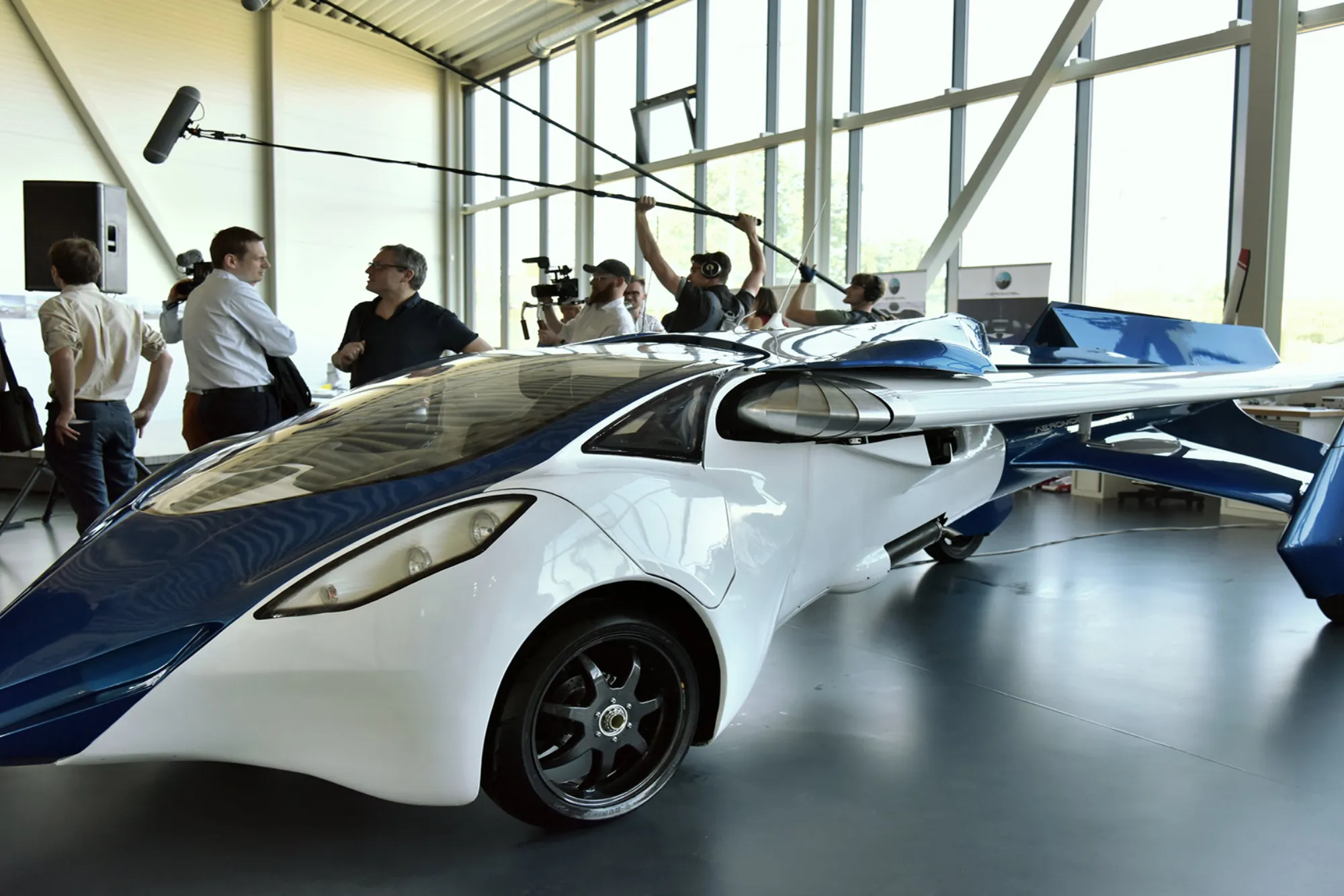Flying cars, once a concept confined to the pages of science fiction, are now becoming a reality. With rapid advancements in technology, these vehicles are poised to transform urban mobility, reducing congestion and offering an efficient mode of transportation.
Companies and governments worldwide are investing in the development of flying cars, bringing us closer to a future where the skies are shared by personal vehicles and commercial air traffic. In this article, we will explore the technology behind flying cars, their potential benefits, and the challenges that must be addressed before they become a mainstream mode of transport.
The Technology Behind Flying Cars
Flying cars combine the functionalities of traditional automobiles and aircraft. These vehicles are equipped with advanced propulsion systems, enabling them to take off, hover, and land vertically, much like helicopters. The key technologies powering flying cars include:
- Electric Propulsion Systems: Most modern flying cars rely on electric motors and batteries for propulsion, making them environmentally friendly and reducing their reliance on fossil fuels.
- Vertical Takeoff and Landing (VTOL) Technology: VTOL capabilities allow flying cars to operate without the need for long runways, making them suitable for urban environments.
- Autonomous Navigation Systems: Equipped with sensors, GPS, and artificial intelligence, flying cars can navigate through the skies safely, avoiding obstacles and adhering to air traffic regulations.
- Lightweight Materials: To enhance performance and efficiency, manufacturers use lightweight yet durable materials like carbon fiber composites.
Benefits of Flying Cars

Flying cars offer numerous advantages that could reshape the transportation landscape. These benefits include:
Reduced Traffic Congestion
One of the primary benefits of flying cars is their ability to bypass ground traffic. By taking to the skies, these vehicles can significantly reduce congestion in urban areas, saving time for commuters and improving overall productivity.
Environmental Sustainability
Many flying cars are designed with electric propulsion systems, which produce zero emissions. This shift towards sustainable energy sources aligns with global efforts to combat climate change and reduce air pollution.
Faster Commutes
Flying cars can travel in a straight line between destinations, avoiding the twists and turns of roads. This capability can drastically cut down travel times, especially in densely populated cities.
Enhanced Mobility in Remote Areas
Flying cars can provide a practical solution for reaching remote or hard-to-access areas. This capability is particularly valuable in emergency situations, such as delivering medical supplies to disaster-stricken regions.
Challenges in Making Flying Cars Mainstream
While the concept of flying cars is exciting, several challenges must be overcome before they become a part of everyday life. These challenges include:
Regulatory Hurdles
The introduction of flying cars requires new regulations to ensure safety and manage air traffic. Governments and aviation authorities must collaborate to create a framework that accommodates these vehicles while maintaining order in the skies.
Infrastructure Development
Flying cars need specialized infrastructure, such as vertiports for takeoff and landing. Developing this infrastructure in urban areas is a significant challenge that requires careful planning and investment.
Cost and Accessibility
Currently, flying cars are expensive to produce, making them accessible only to a select few. Mass production and technological advancements are necessary to bring down costs and make these vehicles affordable for the general public.
Public Acceptance
For flying cars to succeed, the public must embrace this new mode of transportation. Addressing concerns about safety, noise pollution, and environmental impact is crucial to gaining widespread acceptance.
Table: Comparison of Flying Cars and Traditional Cars
| Feature | Flying Cars | Traditional Cars |
|---|---|---|
| Mode of Travel | Air and Ground | Ground Only |
| Propulsion System | Electric or Hybrid | Internal Combustion Engine or Electric |
| Traffic Avoidance | Yes | No |
| Environmental Impact | Low (Electric Models) | Moderate to High |
| Travel Speed | High | Moderate |
| Accessibility | Limited (Currently) | Widely Accessible |
Future Prospects of Flying Cars

The future of flying cars is promising, with several companies making significant strides in their development. Some notable players in the industry include:
- Joby Aviation: Specializing in electric VTOL aircraft, Joby Aviation aims to create a network of air taxis.
- Terrafugia: Known for its Transition and TF-X models, Terrafugia is focused on developing practical flying cars for everyday use.
- EHang: This Chinese company is a leader in autonomous aerial vehicles, with a focus on urban air mobility.
Governments are also recognizing the potential of flying cars. For instance, Japan has set ambitious goals to commercialize flying cars by 2030, while the United States and Europe are working on regulatory frameworks to facilitate their integration into urban environments.
FAQs About Flying Cars
Q1: Are flying cars safe?
A: Safety is a top priority for flying car manufacturers. These vehicles are equipped with advanced navigation systems and undergo rigorous testing to ensure they meet safety standards.
Q2: How much do flying cars cost?
A: Currently, flying cars are expensive, with prices ranging from $300,000 to over $1 million. However, costs are expected to decrease as technology advances and production scales up.
Q3: When will flying cars become widely available?
A: While prototypes are already operational, widespread availability is likely a decade away, depending on technological advancements and regulatory approvals.
Q4: Do I need a pilot’s license to operate a flying car?
A: This depends on the specific model and local regulations. Some autonomous flying cars may not require a pilot’s license, while others might.
Q5: What are the environmental impacts of flying cars?
A: Electric flying cars produce zero emissions, making them an environmentally friendly alternative to traditional vehicles. However, the production and disposal of batteries must be managed sustainably.




